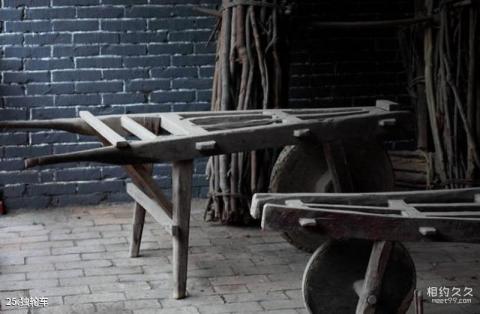
Introduction to the wheelbarrow: The wheelbarrow is commonly known as the "handcart". Before the popularity of modern transportation, it was a light vehicle for transporting goods and people. Especially in the north, it almost played the same role as the donkey. In the past, wheelbarrows had wooden wheels, some large and some small. The smaller one has a flat chassis; the larger one is higher than the chassis and divides the chassis into left and right sides, which can carry things or sit on people, but both sides must be balanced. A "car trip" is hung between the two handlebars. It is placed on the shoulders when driving, and the handles are held with both hands to assist. The wheelbarrow is usually pushed forward by one person, but there are also large wheelbarrows used to carry things, with two wheels at the front and rear. Two handles, pulling forward and pushing back, are called "second handles". Since the car only lands on one wheel, there is no need to choose the width of the road surface, so it can pass through narrow roads, lanes, field ridges, and wooden bridges. This is very suitable for production and transportation in tea areas, and because it is a single wheel, the trace left on the ground when the car passes is a straight line or a curve, so it is also called a "line car".
